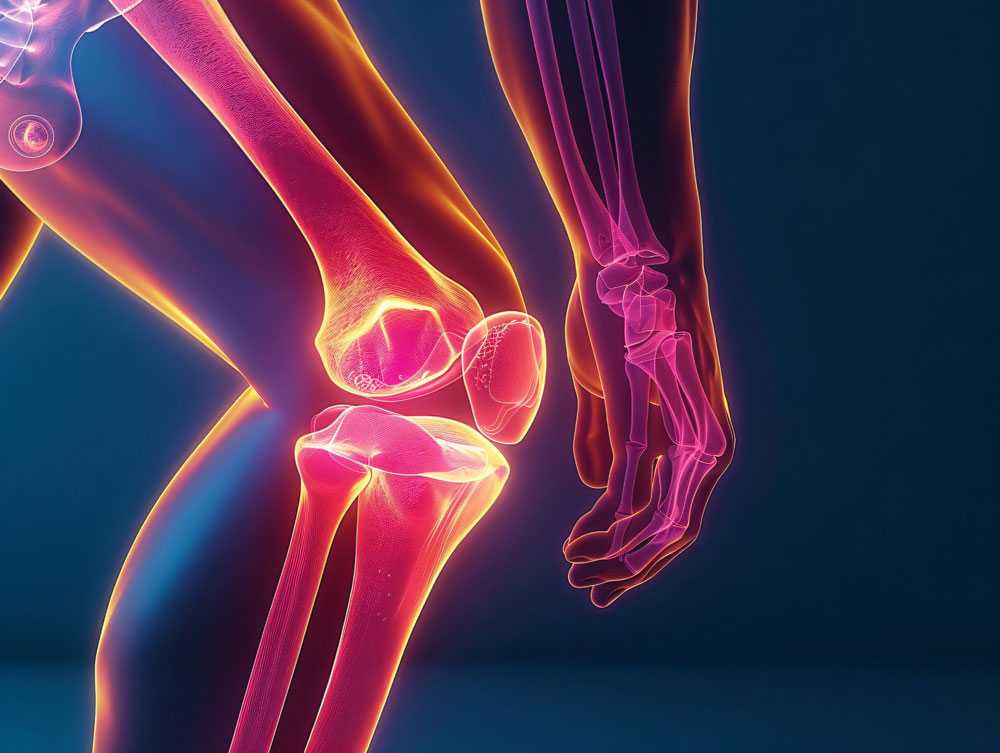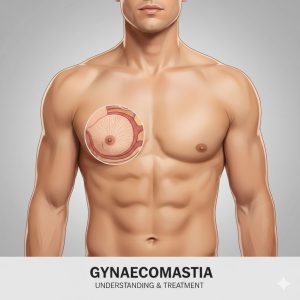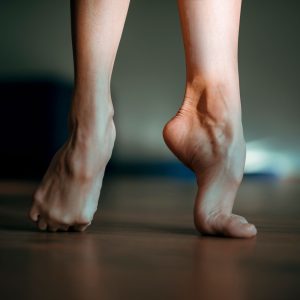What is Osteoid Osteoma?
Osteoid osteoma is a small, benign (non-cancerous) bone tumor that often affects young people between the ages of 10 and 30. It accounts for about 10% of all benign bone tumors.
Though the tumor is usually smaller than 1.5 cm, it can cause intense pain, especially at night. It most commonly appears in the femur (thigh bone) or tibia (shin bone), but can form in any bone.
Common Symptoms
The most typical symptom is night-time bone pain that improves with painkillers like ibuprofen or aspirin.
Other symptoms include:
- Constant, localized pain
- Swelling over the bone
- Limping (if in the leg)
- Muscle wasting from reduced movement
- Curved spine (if in the back)
- Warmth or redness over the area
Because these symptoms can mimic growing pains or sports injuries, proper diagnosis is important.
How is It Diagnosed?
Doctors use a combination of medical history, physical exam, and imaging tests such as:
- X-ray: May show a small dark spot with surrounding white bone.
- CT scan: Best for visualizing the tumor.
- MRI: Useful to rule out other conditions.
- Bone scan: Highlights increased activity at the tumor site.
The key finding is a central core (nidus) within the bone, which confirms the diagnosis.
Treatment Options
Treatment depends on the severity of the symptoms:
1. Medication
- NSAIDs (e.g., ibuprofen) can relieve pain and inflammation. Some patients improve with this alone.
2. Minimally Invasive Treatments
- Radiofrequency Ablation (RFA): A CT-guided needle burns and destroys the tumor.
- Laser or Cryoablation: Uses heat or freezing to remove the tumor.
3. Surgery
- Rarely required, but used when ablation isn’t possible. Surgery involves removing the tumor from the bone.
What Does It Look Like Under the Microscope?
The tumor has a central nidus made of immature bone and osteoid tissue, with increased blood vessels and surrounding hardened bone.
Despite these changes, it does not spread like cancer and remains localized.
Recovery and Outlook
Most people recover completely after treatment. Pain relief is often immediate, and normal activity usually resumes within a few weeks.
Recurrence is rare, but if it happens, treatment can be repeated effectively.
Final Thoughts
Osteoid osteoma is a painful but treatable condition that mostly affects young individuals. With today’s advanced imaging and minimally invasive treatments, patients can experience fast relief and a full recovery.
If you or your child has bone pain that worsens at night and improves with painkillers, speak to a doctor. Early diagnosis and treatment can make a big difference.
Dr. Sohan P Raghavendra
MBBS , DNB (ORTHO)
Consultant – Orthopaedic Oncosurgeon & Limb Reconstruction Surgeon














